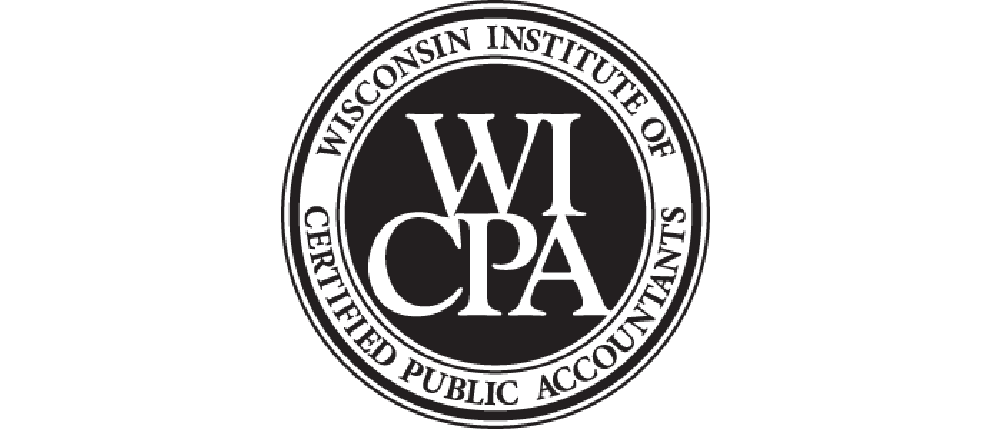 The first advance payments under the temporarily expanded child tax credit (CTC) will begin to arrive for nearly 39 million households in mid-July 2021 — unless, that is, they opt out. Most eligible families won’t need to do anything to receive the payments, yet you need to understand the implications and why advance payments might not make sense for your household even if you qualify for them.
The first advance payments under the temporarily expanded child tax credit (CTC) will begin to arrive for nearly 39 million households in mid-July 2021 — unless, that is, they opt out. Most eligible families won’t need to do anything to receive the payments, yet you need to understand the implications and why advance payments might not make sense for your household even if you qualify for them.
Understanding the CTC, then and now
The CTC was established in 1997. Unlike a deduction, which reduces taxable income, a credit reduces the amount of taxes you owe on a dollar-for-dollar basis. While some credits are limited by the amount of your tax liability, others, like the CTC, are refundable, which means even taxpayers with no federal tax liability can benefit. Historically, the CTC has been only partially refundable in that the refundable amount was limited to $1,400.
The American Rescue Plan Act (ARPA) significantly expands the credit, albeit only for 2021. Specifically, the ARPA boosts the CTC from $2,000 to $3,000 per child ages six through 17, with credits of $3,600 for each child under age six. Plus, the CTC is now fully refundable. It also affords taxpayers the opportunity to take advantage of half of the benefit in 2021, rather than waiting until tax time in 2022.
Note, however, there are limits to eligibility. You can take full advantage of the credit if your income (specifically, your modified adjusted gross income) is less than $75,000 for single filers, $150,000 for married filing jointly filers, and $112,500 for head of household filers. The credit begins to phaseout above those thresholds. Higher-income families (i.e., married filing jointly couples with $400,000 or less in income or other filers with $200,000 or less in income) will generally get the same $2,000 credit as prior law.
Receiving advance payments
The ARPA directed the U.S. Treasury Department to begin making monthly payments of half of the credit beginning July 15, 2021, with the remaining half to be claimed in 2022 on 2021 tax returns. For example, a household which is eligible for a $3,600 CTC will receive $1,800 ($300 in six monthly payments) in 2021, and would claim the balance of $1,800 on the 2021 return. The monthly payments will be made on the 15 of each month through December 2021.
To qualify for advance payments, you (and your spouse, if filing jointly) must have:
- Filed a 2019 or 2020 tax return that claims the CTC or provided the IRS with information in 2020 to claim a stimulus payment,
- A main home in the United States for more than half of the year or file a joint return with a spouse who has a U.S. home for more than half of the year,
- A qualifying child who’s under age 18 at the end of 2021 and who has a valid Social Security number, and
- Earned less than the applicable income limit.
If the IRS has your bank information, you’ll receive the payments as direct deposits.
Because the IRS will base the payments on your 2020 tax return (or, if not yet available, your 2019 return), it’s possible that you could receive excess payments over the amount you actually qualify for in 2021. In this case — unlike excess stimulus payments — you’ll be required to repay the excess. The IRS will either deduct the amount from your 2021 refund or add it to the amount you owe.
Opting out
The IRS will automatically enroll taxpayers for advance payments, but it’s also providing an online portal at irs.gov where taxpayers can opt out. You might consider opting out if, for example, you were near the income limits in 2019 or 2020, expect to earn more in 2021, and want to avoid excess payments. Be aware that couples filing jointly must both opt out, otherwise the spouse who doesn’t will receive half of the joint payment.
It’s not only a change in expected income that could lead to excess payments; it’s also a change in the number of dependents. For example, divorced couples who share joint custody may alternate the years in which they claim their children as dependents for CTC purposes. If 2021 is your former spouse’s year, consider opting out (your former spouse won’t receive the advance payments based on his or her 2020 tax return but, if eligible, can claim the credit on the 2021 return). Parents of children who will turn age 18 in 2021 also should consider opting out.
Accessing the Update Portal and Online Tools
Unrenroll from Advance Payments
The Update Portal lets you easily unenroll, or opt out, of receiving CTC advance payments.
To access the portal, you must first verify your identity. If you have an existing IRS username, you can use this account to easily sign-in.
People without an existing account will be asked to verify their identity with a form of photo identification using ID.me, a third-party for the IRS. For best results, use an updated internet browser like FireFox, Chrome, Edge or Safari. Anyone who lacks internet access or otherwise cannot use the online tool may unenroll by contacting the IRS at the phone number included in your outreach letter.
Update Banking Information and Elect Direct Deposit
The portal now also allows direct deposit updates. A bank account update feature has been added to the Child Tax Credit Update Portal. Any updates made by August 2 will apply to the August payment and all subsequent monthly payments.
Taxpayers will receive their July 15 payment by direct deposit in the bank account currently on file with the IRS. Those who are not enrolled for direct deposit will receive a check. IRS encourages people without current bank account information to use the Portal to update their information so they can get the payments sooner.
How to update direct deposit information: First, you should use the Portal to confirm your eligibility for the payments. If eligible, the Portal will also indicate whether you are enrolled to receive your payments by direct deposit.
If so, it will list the full bank routing number and the last four digits of your account number. This is the account which will receive your July 15 payment, and if you don't change the account, all future payments will go there as well.
Next, if you choose, you can change the bank account receiving the payment starting with the August 13 payment. you can do this by updating the routing number and account number and indicating whether it is a savings or checking account. Note, only one account number is permitted for reach recipient; therefore, the entire payment must be direct deposited in only one account.
Estimating — and reducing — 2021 income
When deciding whether to opt out, you can estimate your 2021 income using multiple methods. You could simply look at your modified adjusted gross income on your most recent tax return. You also could project your income for the year and reduce it by the standard deduction (for 2021, it’s $12,550 for individual taxpayers and $25,100 for married couples filing jointly).
If you estimate your income will be near the eligibility threshold yet want to receive the advance payments, you can take measures to reduce your income before year end. You might, for example, increase your 401(k) plan contributions (the contribution limit for 2021 is $19,500). Taxpayers with high deductible health plans and health savings accounts (HSAs) can similarly reduce their income with contributions. The HSA contribution limits for 2021 are $3,600 for individual health plans and $7,200 for family health plans.
Beyond 2021
The expanded CTC is available only for 2021 as of now. President Biden has indicated he’d like to extend it through at least 2025, and some Democratic lawmakers hope to make it permanent. Yet it will be challenging to pass a bill to make either of these proposals happen. We’ll keep you informed about any developments that could affect your tax planning.
Contact a KerberRose Trusted Advisor to help you determine how much credit you may be qualified for and whether or not choosing advance payments is right for your situation.








